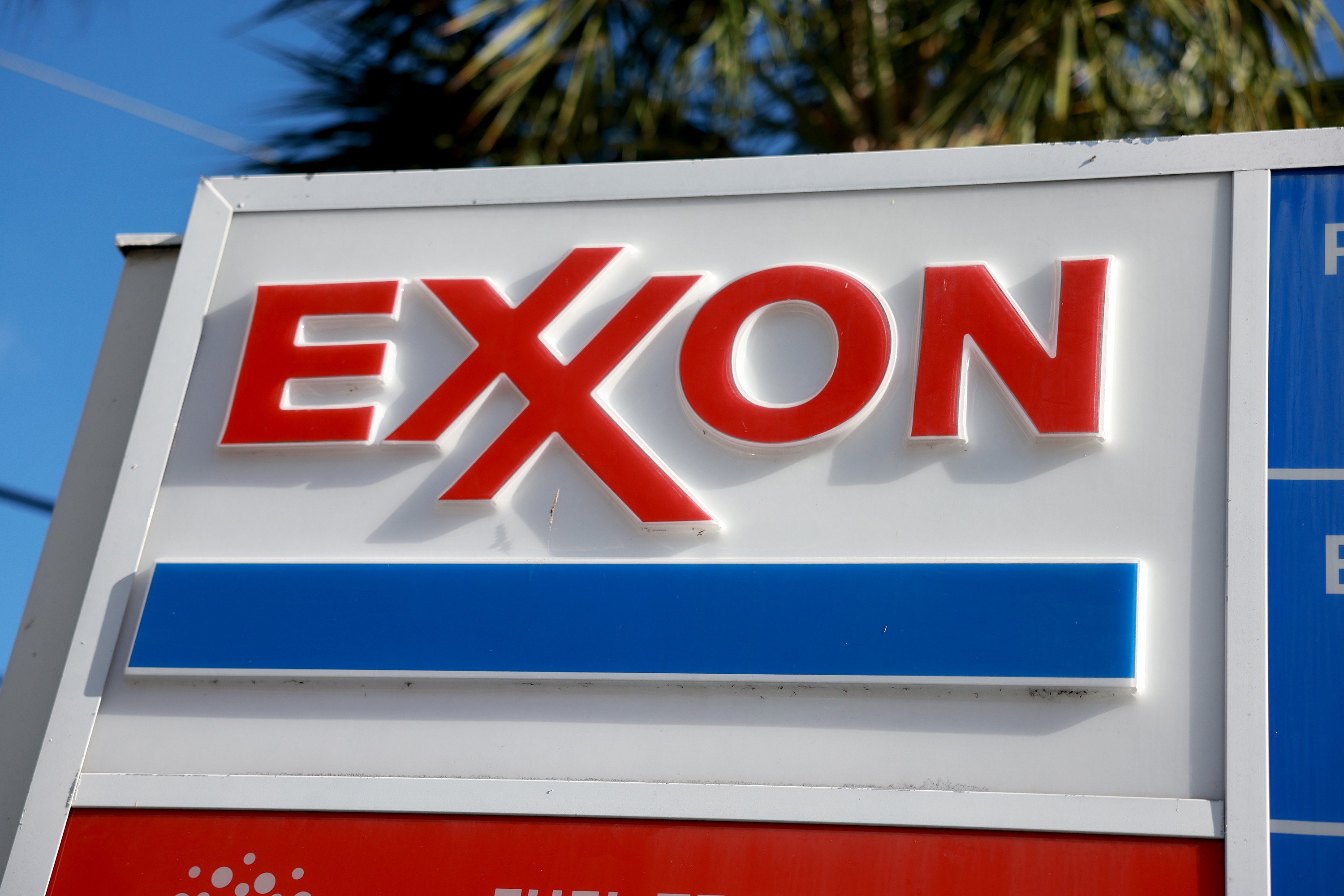With natural gas prices rising off recent record lows, it begs the question, when will drillers restart stalled drilling programs? As the nation's top natural gas producer, ExxonMobil's (XOM 0.60%) thoughts on the subject are important to listen to. The company's plan is to let its natural gas production decline by 5% this year and only marginally grow production in the future due to the recent low prices.
However, last quarter the company sold its gas for an average of $3.32 per thousand cubic feet, which was the highest price in more than a year. When asked about its natural gas plans in the U.S. now that prices are rising, Exxon's vice president of investor relations, David Rosenthal, stated that the company doesn't "tend to take the last two data points and draw a trend line and react." Meaning that the company isn't ready to change its plans just yet.
That being said, the company has the ability to turn on the pumps essentially when it chooses, but for the time being Exxon will continue to live in the now and target liquids-rich plays. Exxon's focus over the past few years hasn't been on growing its overall production; instead, the company has been focused on its returns. It's tough to complain about the results as the company continues to deliver steady growth per share, even if overall growth isn't happening.
Liquids continue to be the story and Exxon's first quarter results showed that oil production in the U.S. rose by 2% as its global production slipped by 3.5%. The company has two-dozen projects across the globe dedicated to growing it liquids production which should drive 4% annual production growth through 2017, as you can see in the following chart:

Source: ExxonMobil Investor Presentation
Even the second-largest natural gas producer, Chesapeake Energy (CHK +0.00%), is talking more about liquids than gas these days. Its first-quarter results showed the recent successes of a liquids-focused strategy which drove oil production up 56% year over year. Meanwhile, natural gas production was flat sequentially and up just 2% over last year. Overall, liquids have grown from 19% of overall production to 24% since the first quarter of last year.
Other top natural gas producers continue to de-emphasize natural gas drilling. Devon Energy (DVN 0.05%), for example, has seen its natural gas production decline from 64% to just 59% of its total production to start the year. The company has steadily been shifting its capital to oil and liquids projects, a move which has had a significant impact: Just last quarter the company increased its oil production by 14%. It still has no plans to drill on its dry gas acreage this year, but will instead focus on delivering mid-teen growth rates in its oil production.
Companies that are drilling for gas are doing so within the confines of cash flow instead of the previous aggressive pursuit of production growth. For example, Ultra Petroleum (UPL +0.00%) has reduced its capital expenses so that the company is investing within its cash flow. That's had a dramatic effect on its capital budget which has gone from $1.56 billion in 2011 to just $415 million this year.
The bottom line is that even though the price of natural gas is off its record lows, drillers aren't ready to start investing to grow production just yet. Instead, most are focused on growing oil and liquids production, while those still focused on natural gas are being prudent and only investing within the confines of cash flow. That could change as the 2014 budget cycle rolls around, but right now drillers aren't ready to buy into the increase in the price of natural gas.






